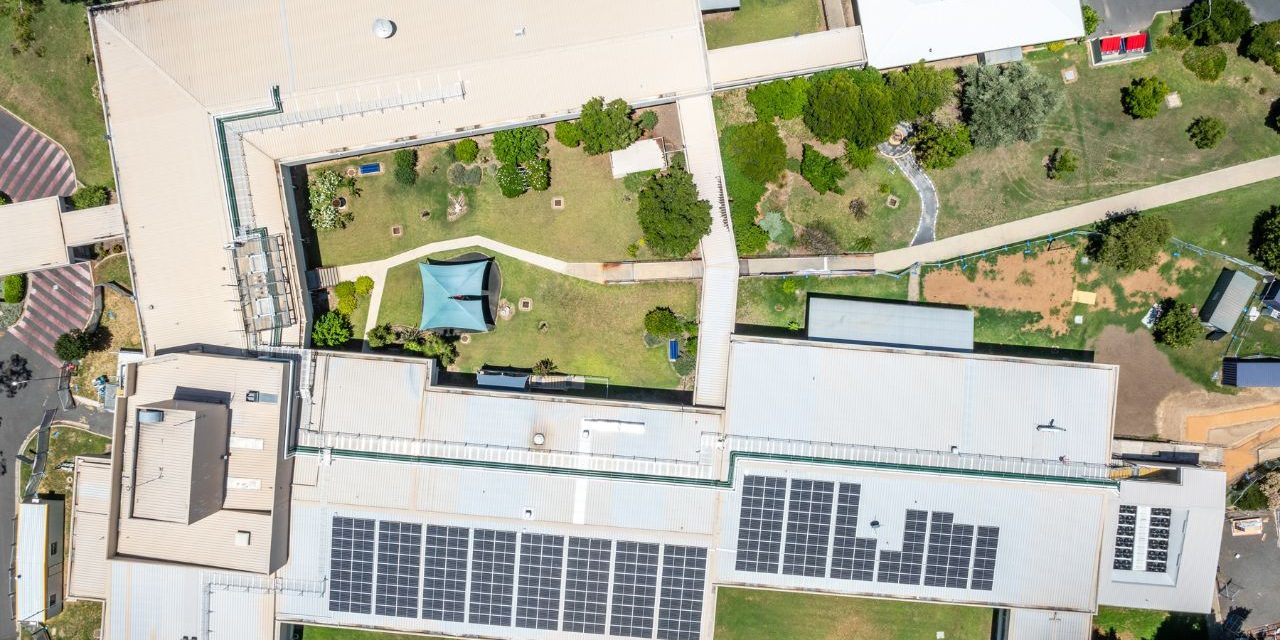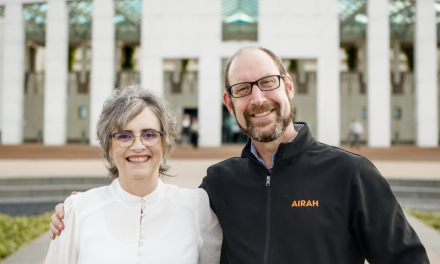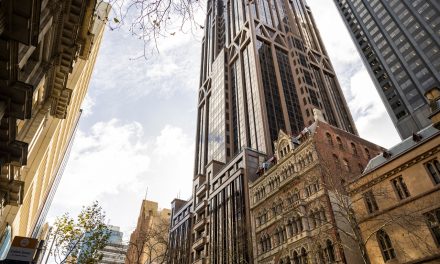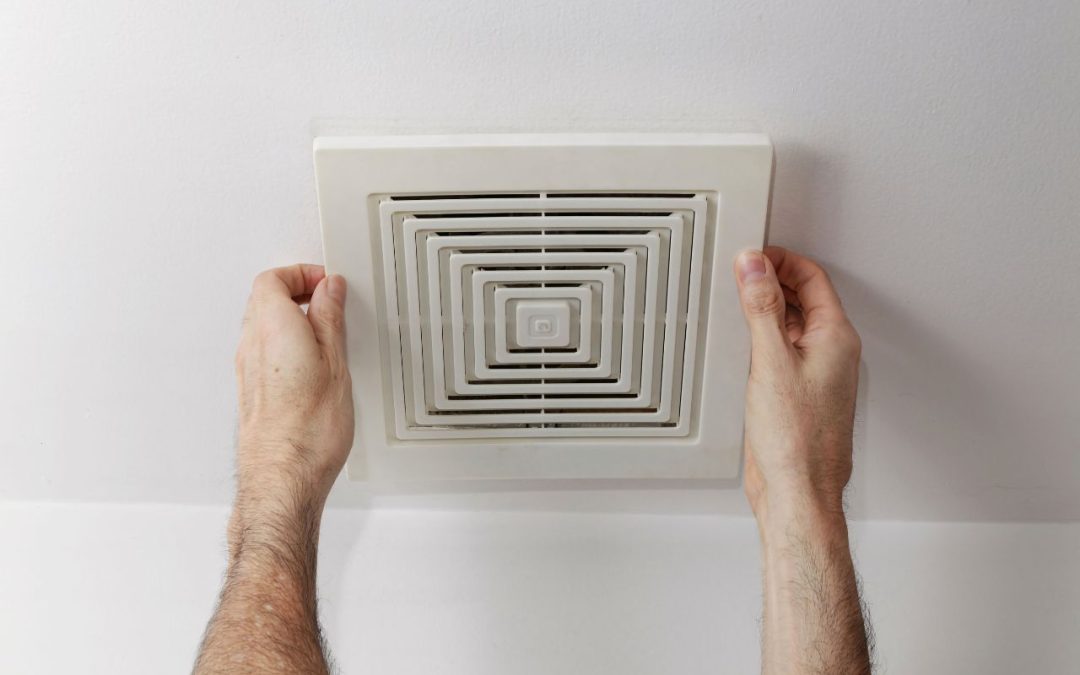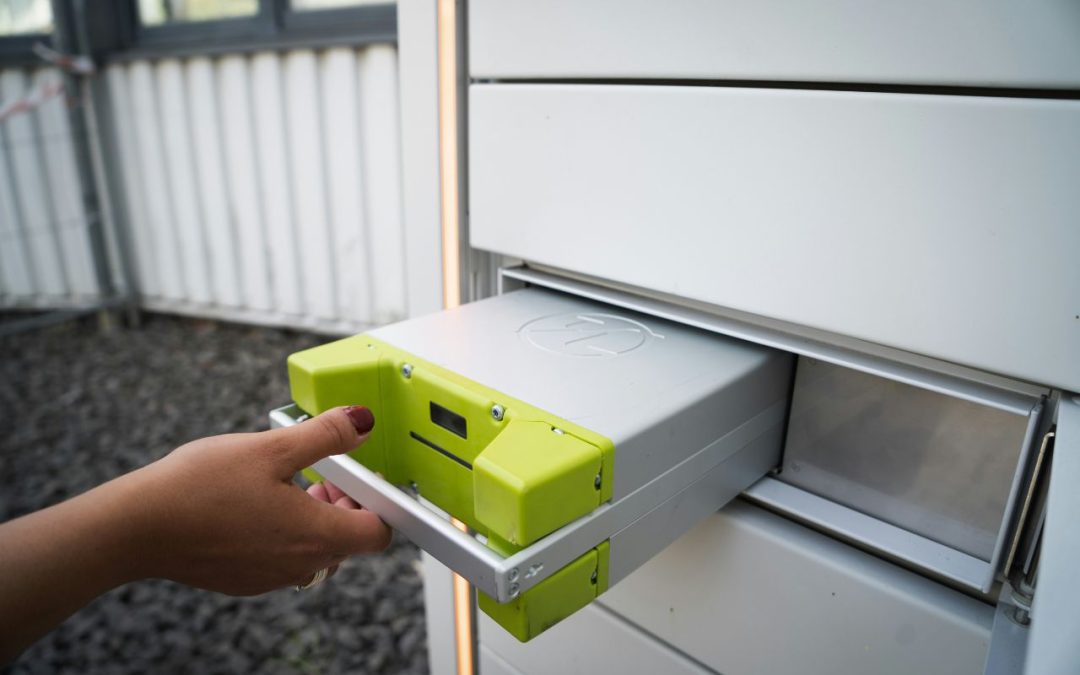The award-winning upgrade to Goondiwindi Hospital’s HVAC system has helped future-proof one of regional Queensland’s most important healthcare hubs.
Anyone who has spent even one night in a hospital can appreciate how crucial HVAC&R is in a healthcare setting. From climate control across the building to ventilation, air filtration and infection control – especially in critical areas like operating theatres and quarantine zones – HVAC systems are a key component of any hospital building. There’s also the vital role accurate and reliable refrigeration plays in keeping medicines fresh, effective, and safe for use on patients.
Building a hospital from scratch requires a huge investment in time, resources, infrastructure, design, and of course money. But retrofitting a hospital’s HVAC system, while not as costly, is potentially even more complex; each stage of the project needs to be meticulously planned to meet strict deadlines while ensuring that patient care remains uninterrupted.
That was the case for Goondiwindi Hospital, an important regional health centre four hours west of Brisbane whose recent redevelopment won the Best HVAC Retrofit or Upgrade award at the 2024 AIRAH Awards.
Retrofit benefits
With plant and equipment nearing end of life and increasing demands for preventative maintenance, Queensland-based trade, engineering, and facility management service provider NRG Services was engaged to construct and commission extensive works at the hospital. The project required delivering end-to-end HVAC&R, mechanical, electrical, communications and construction services using a staged methodology, working through constraints with power availability to deliver the project across 13 months while ensuring uninterrupted patient care.
Matt Krelle, Affil.AIRAH, is the NRG Services project manager who oversaw the Goondiwindi upgrade. He says that, while the project was challenging, it serves as an example of the benefits of opting to retrofit instead of fully rebuild.
“This project highlights how strategic retrofits can enhance and future-proof regional healthcare facilities while maintaining their day-to-day operations, without the huge costs of full rebuilds,” Krelle says.
Overcoming the complexities of a live hospital upgrade
Ensuring zero downtime in a functioning hospital environment required meticulous planning, precise execution, and continuous communication with hospital staff. Several key initiatives were implemented to manage these challenges in the Goondiwindi Hospital upgrade:
- Temporary operating theatre setup: A fully operational mobile operating theatre was deployed to ensure surgical procedures could continue while upgrades were carried out in the existing theatre.
- Medical gas changeovers: Given the hospital’s reliance on medical gases for surgeries and patient care, changeovers were strategically scheduled to align with hospital workflows, minimising disruption.
- Electrical switchboard shutdowns: The integration of new services into the existing main switchboard required strategic shutdowns, which were carefully staged following detailed arc-flash calculations to ensure safety and continuity.
- Crane lifts for heavy equipment: The delivery and installation of large plant and equipment required the use of cranes. Plus, deliveries and lifts had to be meticulously scheduled around LifeFlight helicopter movements to ensure emergency response capabilities were never compromised.
- Temporary cold storage solutions: To maintain food and medical supply integrity, temporary cold rooms and freezers were deployed while the existing refrigeration systems were replaced.
- Access and safety improvements: Enhancements to plant room access, roof entry points, and loading docks were undertaken to improve safety and bring facilities in line with modern building standards.
An invisible overhaul
The hospital-wide infrastructure upgrade took place over a 13-month period from 2022–24 with the aim of enhancing efficiency, reliability, and patient care. This complex project undertaken in a live hospital environment required the staged demolition and replacement of end-of-life mechanical systems, including air handling units (AHUs), the building management system (BMS), chilled water loops, and medical gas infrastructure.
The retrofit addressed key limitations while integrating modern solutions to future-proof the hospital’s services. This included:
- HVAC system overhaul – removal of end-of-life major plant and supply, installation and commissioning of new chillers, air handling units, ductwork, and associated air delivery systems.
- New services building – construction of a suspended slab structure to house mechanical plant, ensuring improved accessibility and future scalability.
- Oral health clinic development – a purpose-built facility incorporating electrical, mechanical, communications, security, and nurse call systems to expand dental care services.
- Chilled water system replacement – demolition of outdated piping and implementation of a four-pipe heating and cooling system for improved energy efficiency and temperature regulation.
- Medical gas system upgrade – hospital-wide replacement of medical gas piping, along with the installation of a new suction plant and medical compressed air plant to support critical care and surgical procedures.
- Electrical infrastructure enhancements – upgraded power supply from the main switchboard to mechanical switchboards, ensuring seamless integration of new systems and long-term electrical reliability.
As Krelle points out, managing all this without interruptions in a hospital setting comes with extra responsibility for patient welfare.
“Every aspect of the project had to be meticulously planned to prevent disruptions to hospital operations and, most importantly, ensure that patient care was not compromised,” he says.

An eye to the future
The extensive retrofit introduced cutting-edge systems designed to significantly enhance the hospital’s operational efficiency and resilience. Among the key infrastructure upgrades were:
- Two 550kW air-cooled, four-pipe polyvalent chillers: installed in a duty/standby arrangement to optimise energy efficiency and redundancy for the remote location.
- A fully upgraded medical gas system: featuring new bottled oxygen and nitrous, n+1 suction units, and medical air compressors, as well as improved bottle racking, zone valve box (ZVB) isolation points, and a medical gas alarm system integrated with the BMS for real-time monitoring.
- A comprehensive hospital-wide BMS: over 400 control points distributed across 20 controllers, housed in four newly installed mechanical switchboards (MSSBs), ensuring advanced monitoring and automation of HVAC and power systems.
- State-of-the-art air handling units (AHUs): featuring energy-efficient EC plug fans, integrated filtration, cooling coils, branch line heating coils and UV light treatment, significantly improving precise zone conditioning and indoor air quality, while also reducing microbial contamination risks.
- A refurbished operating theatre: complete with enhanced humidity control, new ductwork, new medical gas panels, and upgraded air handling systems incorporating UV light coil treatment.
- A modernised dental clinic: featuring a new entry, reception desk, waiting area, two dental chairs, and a fully equipped dental lab with specialised fume cupboards and compressed air points.
It’s all chill
Perhaps the most interesting pieces of equipment in this project for HVAC&R professionals are the dual 550kW air-cooled, four-pipe polyvalent chillers. Krelle explains that the implementation of these two systems ticked a number of boxes for the project.
“Choosing air-cooled, four-pipe polyvalent chillers for this project provided several key benefits,” he says. “These systems can simultaneously deliver heating and cooling by recovering heat from the cooling process, improving efficiency.”
This approach, Krelle says, also consolidated what was previously a sprawling setup into a much smaller and more manageable space.
“By replacing individual heater banks and boiler units, we reduced the number of maintainable components and significantly lowered electrical energy consumption,” he says. “The air-cooled design also minimised the equipment footprint and eliminated the need for monthly cooling tower maintenance.
“Additionally, the duty/standby arrangement ensures that if one chiller fails, the other can seamlessly take over, providing reliable operation – especially crucial in a rural location.”
Classical gas
HVAC&R professionals who haven’t worked on hospital designs or upgrades might not be familiar with the intricacies of medical gas, which was a major component of the Goondiwindi project. These systems are vital for patient care in a range of settings throughout the hospital, including operating theatres.
“Medical gas systems in hospitals typically include oxygen, nitrous oxide, medical suction, breathing air, and surgical tool air,” Krelle says. “These gases are delivered through a network of piping to treatment rooms, surgical suites, and patient bedsides, with wall-mounted outlets for easy access.”
Although medical gas systems aren’t directly integrated with the building’s HVAC system, there is some crossover, especially in terms of fault detection.
“Integrated alarm systems alert staff when gas levels are low or if there’s an issue with the equipment. While these systems operate independently from HVAC, the building management system (BMS) may monitor key fault points to ensure reliability.”
Keeping it flexible
Krelle says the fact that NRG was able to manage most of the project with its in-house team helped deal with the intricacies of the hospital upgrade, including communication and decision-making during critical shutdowns. The company managed the HVAC&R, mechanical, electrical, construction and communication components of the project itself, while relying on energy management and efficiency solutions partner Hexeis for engineering services.
One major unexpected challenge that arose during the project was the existing power grid, which was found to be insufficient for the planned upgrades.
“Through comprehensive power logging and analysis, the team implemented an innovative solution utilising the BMS to incorporate load-shedding strategies,” Krelle says. “This ensured optimal power distribution and prevented potential disruptions.”
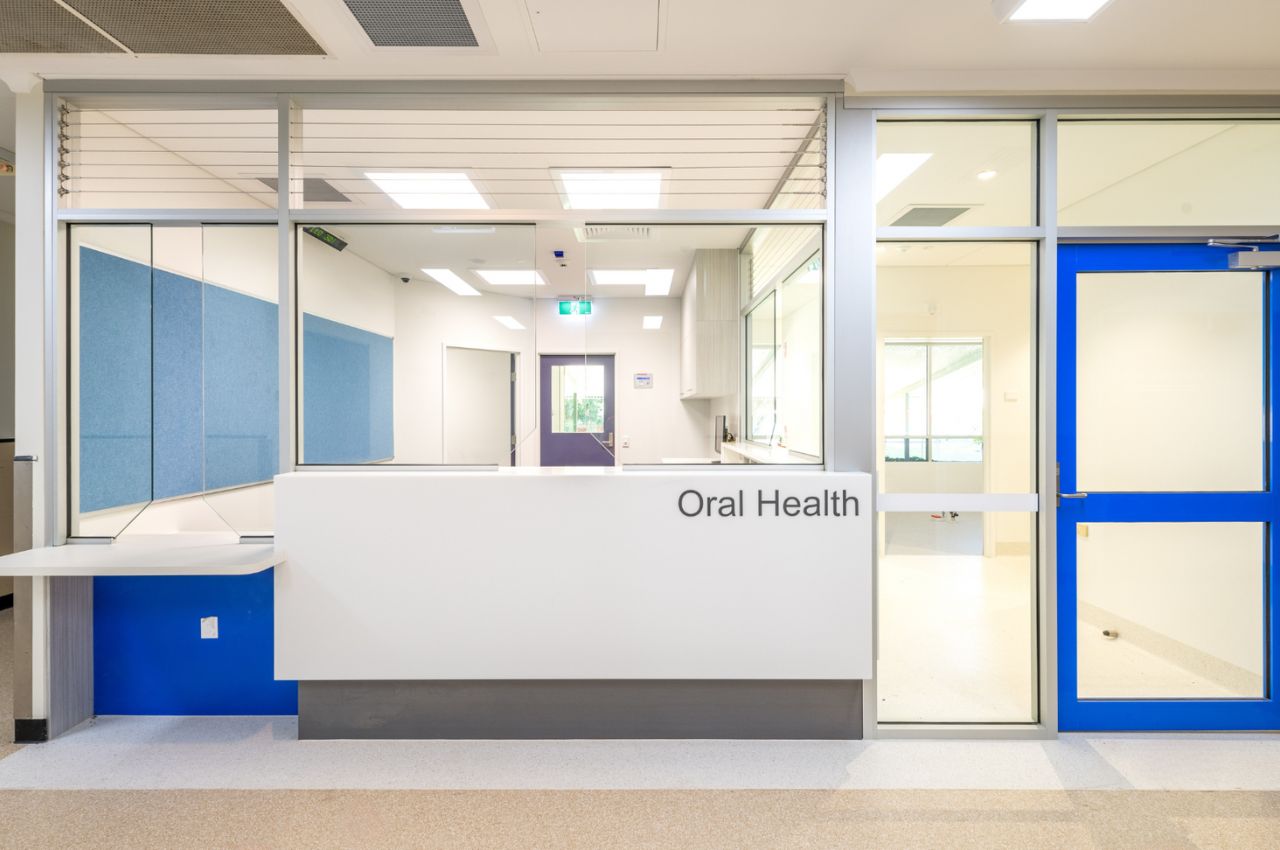
The hospital’s dental clinic has been completely refurbished.
Community lifeblood
Located in a thriving rural town known for its strong agricultural industry and vibrant community, Goondiwindi Hospital plays a pivotal role in regional healthcare as a critical medical facility for the surrounding regional and remote communities. The local healthcare network offers a wide range of services, including emergency care, surgery, midwifery, outpatient services, as well as other visiting specialist clinics, and community care.
In the 2022–23 financial year, Goondiwindi Hospital recorded 1,807 hospital admissions. These figures highlight the hospital’s essential role in providing healthcare to the local community and surrounding regions.
But the remoteness that makes the hospital essential to this community also comes with extra challenges, particularly in the procurement of materials and equipment, as well as workforce challenges.
“Regional hospitals across Australia face many challenges, including geographic isolation, workforce shortages, infrastructure limitations, and funding constraints,” Krelle says. “Managing these issues while addressing the increasing demand for healthcare services adds another layer of complexity.
Deliveries of major plant equipment, including chillers, had to be carefully coordinated from Europe, necessitating rigorous transportation logistics to accommodate long lead times and freight challenges. Krelle says NRG Services engaged local suppliers and subcontractors where practically possible to mitigate supply and trade geographical challenges, and to support the community.
Despite all the challenges, Krelle says the project’s importance to the local community speaks for itself.
“Smart retrofits can offer a viable solution when navigating critical infrastructure upgrades – hospitals can continue to deliver high-quality care without major disruptions.”
Project at a glance
The Personnel
| Consulting engineer | Diametrics Engineering |
| Head contractor | NRG Services |
| Mechanical services contractor | NRG Services |
| Mechanical services electrical | NRG Services |
| Electrical works | NRG Services |
| Engineering services | Hexeis |
The equipment
| AHUs | GJ Walker |
| Acoustic louvres | Acran Sound Control |
| BMS | Austec Automation |
| Chillers | Trane |
| CHW pipework and lagging | RTC Industries |
| Commissioning | Genair Services |
| Cool room panels | ASKIN |
| Cool room equipment | Beijer Ref |
| Data logging | Hexeis |
| Ductwork | BlueStream Group |
| Fans | Fantech |
| Filters and HEPA modules | Camfil Australia |
| Fume cupboard | S2M Service |
| Humidifiers | Condair |
| Medical gas | Australian Medical Gas Services |
| MSSBs | Crown Electrical |
| Pumps and hydronic modules | Masterflow Solutions |
| Seismic solutions | TEMS |
| Temporary air conditioners | Aircon Rentals |
| VSDs | ABB |

